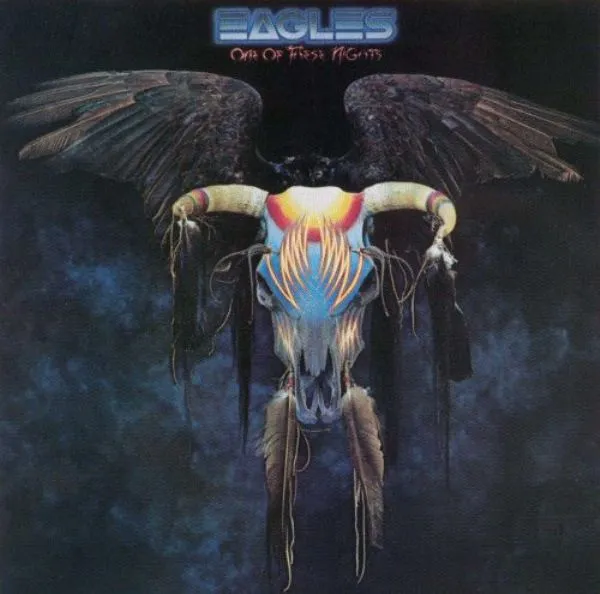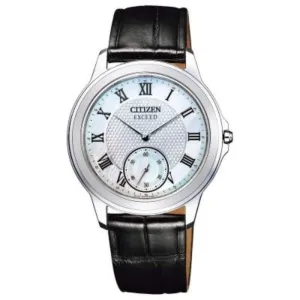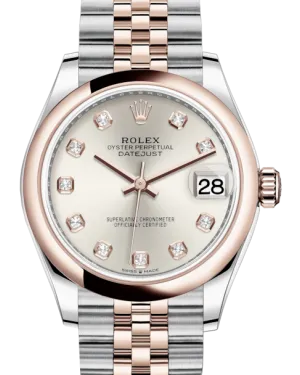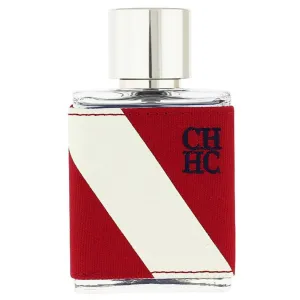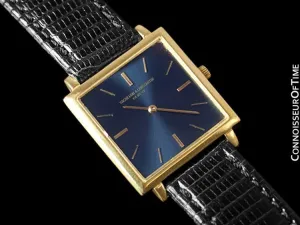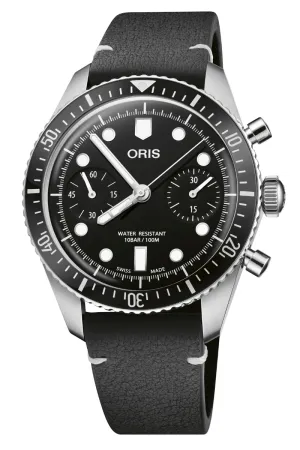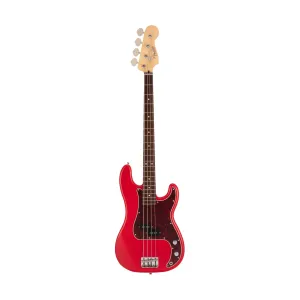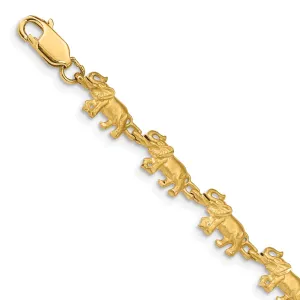*NOTE: There is a mark that plays 8 times at a moderate level near the end of track 1 on side 1, "One of These Nights."
This is one of the toughest Eagles albums to find with good sound, which is why only a small handful ever make it to the site. This album may never sound quite as good as Hotel California or the self-titled debut, but there are some wonderful songs here and a Hot Stamper pressing like this brings them to life in a way most pressings cannot begin to do.
The better copies are richer and sweeter. When you turn them up, they really come to life. When you play the better sides at rock music volumes they really rock. When a copy is cut really clean, as the best ones are, the louder you play them the better they sound. They're tonally correct at loud levels and a bit dull at what we would call "audiophile" levels. That's the way it should be.
Here is the one comment which really gets to the point of the better pressings: " rise above." The big solo on the title track just soars on this copy like we've rarely heard in the past.
This is the guitar sound that Bill Szymczyk achieved with the band that Glyn Johns had not. Of course, Johns had never tried; he saw them as a country rock band. The Eagles saw themselves as a rock band, it’s as simple as that.
Also note on side one that the loud and huge guitars on the second track, "Too Many Hands," hold up on this side one amazingly well. It’s a great test track as well as the first, providing positive confirmation that what you will hear for the song "One of These Nights" -- the size and the power -- will carry all the way through this side one.
What The Best Sides Of One Of These Nights Have To Offer Is Not Hard To Hear
- The biggest, most immediate staging in the largest acoustic space
- The most Tubey Magic, without which you have almost nothing. CDs give you clean and clear. Only the best vintage vinyl pressings offer the kind of Tubey Magic that was on the tapes in
- Tight, note-like, rich, full-bodied bass, with the correct amount of weight down low
- Natural tonality in the midrange -- with all the instruments having the correct timbre
- Transparency and resolution, critical to hearing into the three-dimensional studio space
No doubt there's more but we hope that should do for now. Playing the record is the only way to hear all of the qualities we discuss above, and playing the best pressings against a pile of other copies under rigorously controlled conditions is the only way to find a pressing that sounds as good as this one does.
Size and Space
One of the qualities that we don't talk about on the site nearly enough is the SIZE of the record's presentation. Some copies of the album just sound small -- they don't extend all the way to the outside edges of the speakers, and they don't seem to take up all the space from the floor to the ceiling. In addition, the sound can often be recessed, with a lack of presence and immediacy in the center.
Other copies -- my notes for these copies often read "BIG and BOLD" -- create a huge soundfield, with the music positively jumping out of the speakers. They're not brighter, they're not more aggressive, they're not hyped-up in any way, they're just bigger and clearer.
And most of the time those very special pressings just plain rock harder. When you hear a copy that does all that, it's an entirely different listening experience.
What We're Listening For On One Of These Nights
Less grit -- smoother and sweeter sound, something that is not easy to come by on One of These Nights.
A bigger presentation -- more size, more space, more room for all the instruments and voices to occupy. The bigger the speakers you have to play this record, the better.
More bass and tighter bass. This is fundamentally a pure rock record. It needs weight down low to rock the way in this case -- wanted it to.
Present, breathy vocals. A veiled midrange is the rule, not the exception.
Good top-end extension to reproduce the harmonics of the instruments and details of the recording including the studio ambiance.
Last but not least, balance. All the elements from top to bottom should be heard in harmony with each other. Take our word for it, assuming you haven't played a pile of these yourself, balance is not that easy to find.
Our best copies will have it though, of that there is no doubt.
Not only is it hard to find great copies of this album, it ain't easy to play 'em either, which is why this recording ranks high on our .
You're going to need a hi-res, super low distortion front end with careful adjustment of your arm in every area -- VTA, tracking weight, azimuth and anti-skate -- in order to play this album properly.
If you've got the goods you're gonna love the way this copy sounds. Play it with a budget cart/table/arm and you're likely to hear a great deal less magic than we did.
Vinyl Condition
Mint Minus Minus and maybe a bit better is about as quiet as any vintage pressing will play, and since only the right vintage pressings have any hope of sounding good on this album, that will most often be the playing condition of the copies we sell. (The copies that are even a bit noisier get listed on the site are seriously reduced prices or traded back in to the local record stores we shop at.)
Those of you looking for quiet vinyl will have to settle for the sound of other pressings and Heavy Vinyl reissues, purchased elsewhere of course as we have no interest in selling records that don't have the vintage analog magic of these wonderful recordings.
If you want to make the trade-off between bad sound and quiet surfaces with whatever Heavy Vinyl pressing might be available, well, that's certainly your prerogative, but we can't imagine losing what's good about this music -- the size, the energy, the presence, the clarity, the weight -- just to hear it with less background noise.

